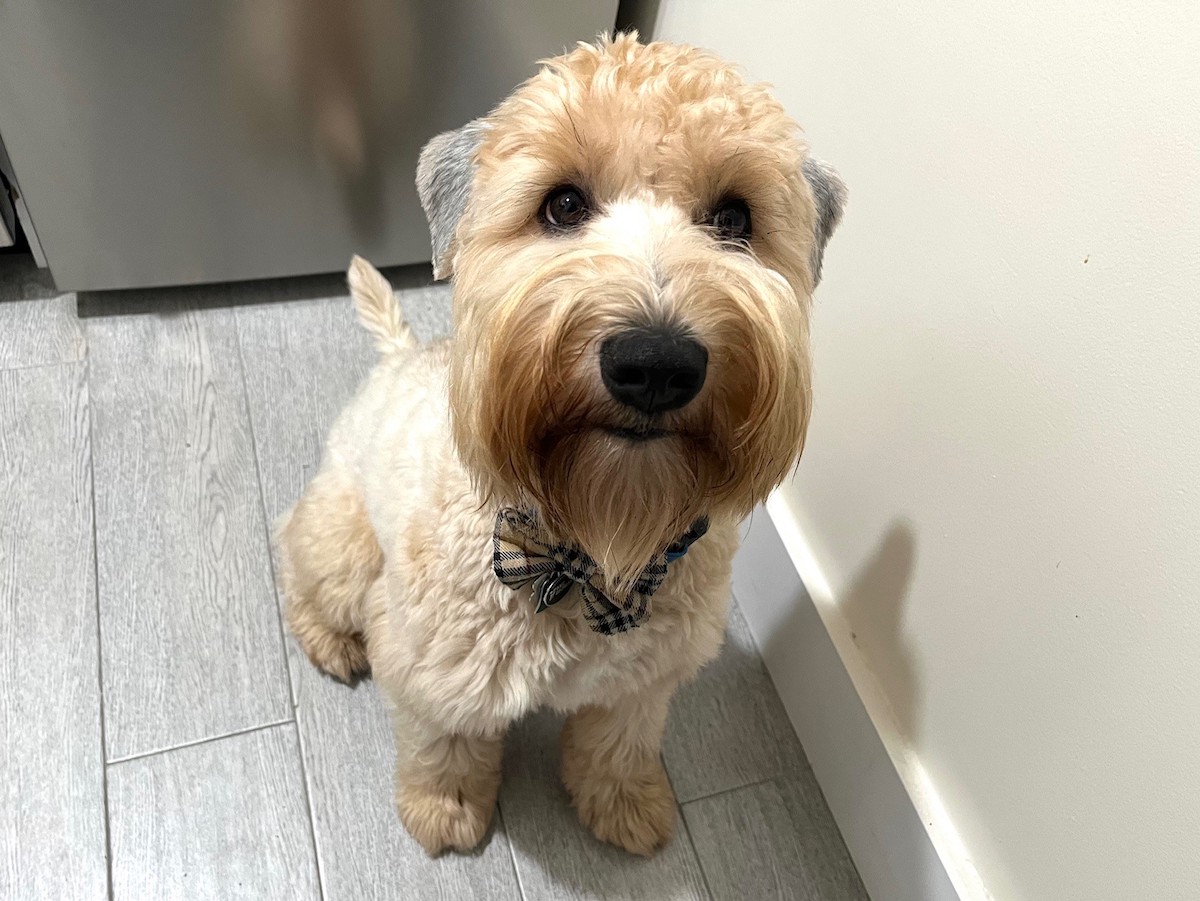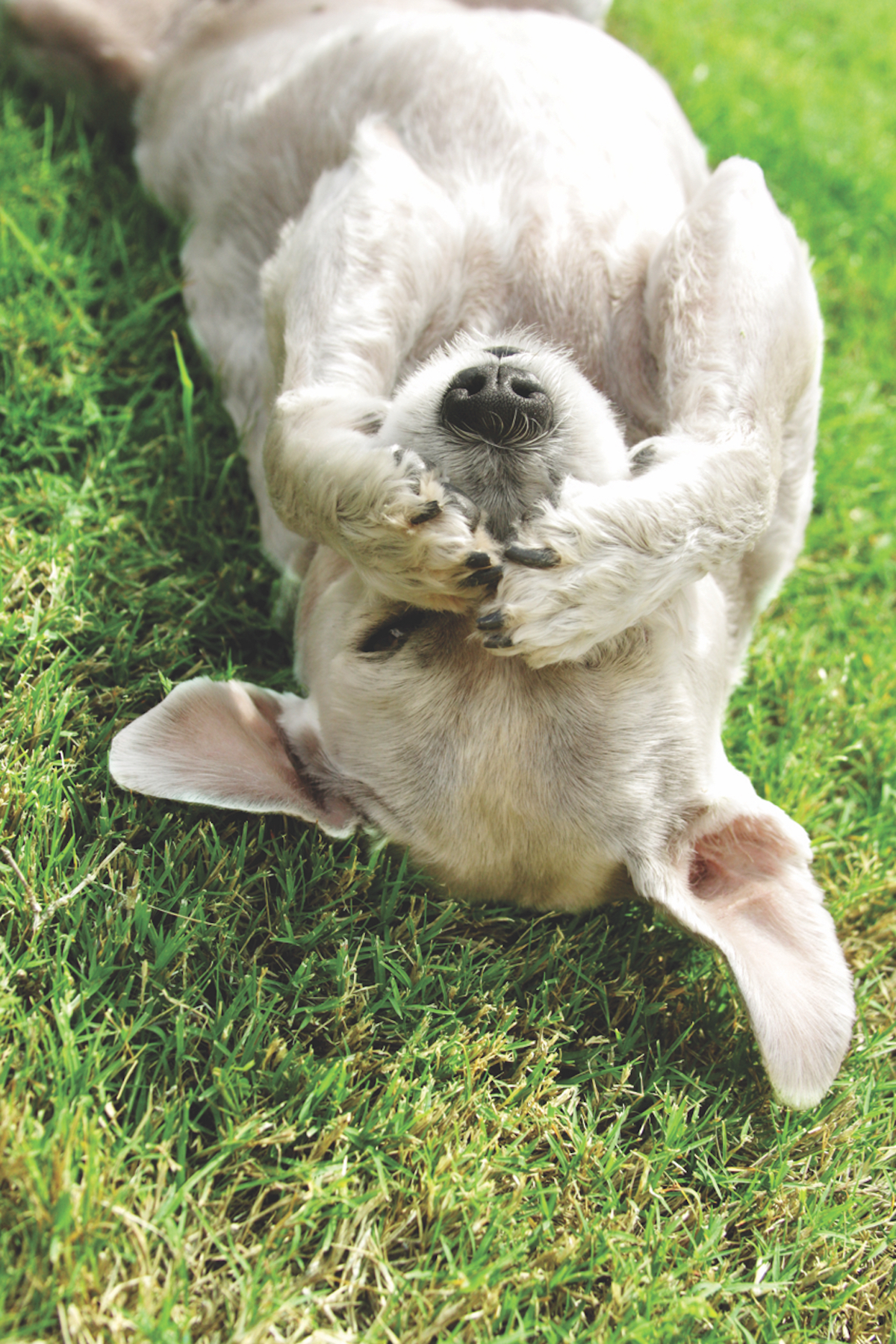By Tracie Korol
“My child is good with dogs.” That’s a statement I have heard more than once. It is often paired with “my dog will let my child do anything to her.” Do anything to her. Anything? Yikes! There is a huge gap between how humans and dogs perceive any situation. There is an even larger gap between what dogs perceive and what tiny children perceive as “anything”, the result often being ruined dogs and injured children. Training a dog is not a guarantee of indefinite good behavior as long as children are allowed to carry out what is tantamount to dog abuse, though parents may not realize it when it is happening.
No child under school age should be left alone with a dog, any dog, your dog. Even having big brother in the room is not sufficient supervision. The person in charge needs to be able to control both the actions of the child and the dog. If there is any doubt in the steadiness of either one, you’ll need an individual handler for both parties. Granted, this destroys one of America’s favorite images of kids and dogs, the dog as the perfect babysitter. But it’s just not safe to put the dog in that position.
The mental capacity for empathy-awareness of hurting another creature doesn’t happen until a child is 5 to 7 years old. Most children do not understand that certain actions can hurt a dog. I have seen small children switch from dragging their stuffed monkey around by the arm to attempting to drag the family pet by the ear with the same enthusiasm. Should a dog become convinced that tiny people could inflict pain or fear, damage has been done to that dog’s trust in children forevermore. If the dog believes you will stand by and let this happen, or leave him at the mercy of the child without you being there, eventually the dog will have no choice but self-defense.
By the time the dog shows a reaction, the damage may have already been done. This is true of dogs raised from puppy hood with improperly supervised children. Parents do not realize what has happened in the dog’s mind by being so pleased that the puppy “would let the children do anything to her”. By the time a dog’s defense drives mature, and the dog is capable of doing something about the kids, the dog’s beliefs about kids are set.
My beagle (The Bea) is a case in point. Her formative months were spent as the not-very-well-cared-for puppy of the owner of a day care center. To her last day, seventeen years later, Bea would cringe and slink away as fast as she could when a small child approached her. (I do too, but that’s another article.)Kids and dogs both benefit when properly managed. Research indicates that children growing up with well-cared-for dogs have mental and emotional advantages that extend throughout life. On the other hand, an abused dog in the household is a warning sign that there may also be child or spousal abuse occurring. The First Strike program, sponsored by HSUS (Humane Society of the United States) speaks specifically to this issue.
Managing a household with pre-school children and training a dog (especially a puppy) is complex. Families often wait until the children are of school age before adopting a family dog. Another option is to adopt, raise and train a dog to positively perceive children before having the first child. Another choice is adopt an adult dog that has proven to be great with kids. A trainer can help you make that determination.
A parent watching a child and dog interact is at a disadvantage when the parent may not know which behaviors from the child are perceived as threats to the dog. You should never allow a child to:
1. Pull the dogs’ ears or tail
2. Poke at eyes with fingers or anything else
3. Swing objects at the dog
4. Grab any part of the dog
5. Tug or otherwise compete with the dog for toys, food or other items
6. Suddenly get into a dog’s face
7. Disturb a dog that is sleeping or eating
8. Pet someone else’s dog before receiving permission from the owner
9. Pet or provoke a dog through a fence or one that is tethered
10. Approach the nest of a nursing mother with puppies
11. Run (or squeal) in the sight of a strange dog
12. Ride a dog like a horse, lie down on a dog, or otherwise put significant weight on the dog
It’s important not to blame kids for being kids or dogs for being dogs. We can, however, teach dogs and kids to enjoy each other’s company more by building an understanding of each other’s behavior.






